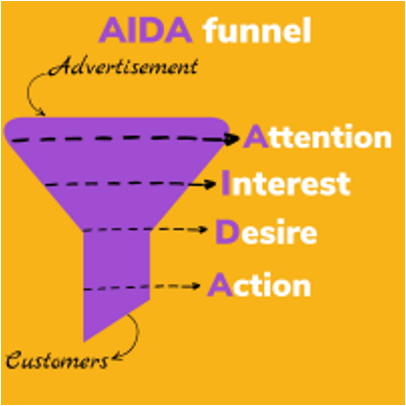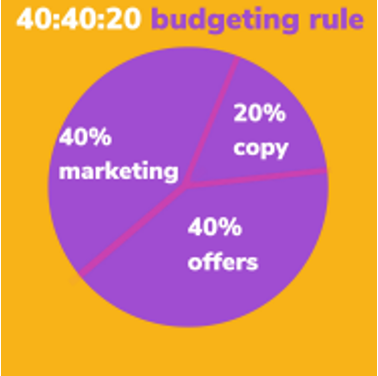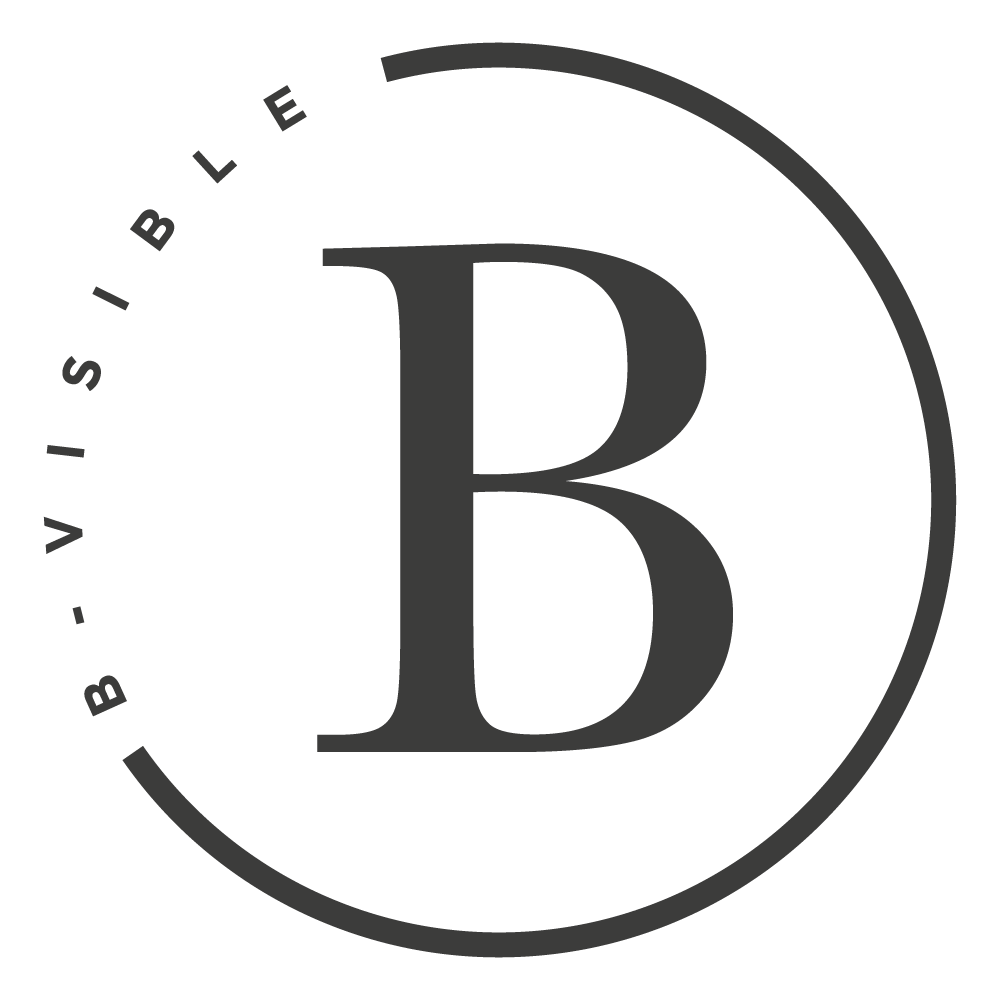All the best features and tools Meta has to offer that you should be utilising, especially social paid ads.
Small businesses can often struggle to succeed with social paid ads, but it has less to do with smaller budgets than you might think. Meta is the cross-channel marketing dashboard for Instagram and Facebook and has the best small-budget campaign options. We’ll look at where most go wrong and what you can do to propel your small business forward using targeted ad campaigns, whilst sticking to a budget.
Why does content marketing matter?
Get rid of the idea that how much you spend on advertising will directly convert your audience into customers. Spending on Meta paid social ads will increase audience reach but will not guarantee to convert those leads to sales. Your content marketing , the specificity of your niche, your target audience and your product are more important than the size of your budget.
Examples of poor campaigning with a large budget and great campaigning with a small budget.
1) Say you’re marketing a product that is widely sold. The visual content you use has low-lighting photography, the copy text has spelling mistakes and there is no call to action for the user. You have
a large budget creating a wider audience reach and expect this to turn into sales but are marketing for brand awareness (likes and shares).
2) Your competition has a low budget but their product has new features. The photography and videos are professionally done and the content is interactive (carousel posts – you can select this on Meta). The copy is well-written and has a great offer for a call to action. They have been specific in their target audience and aimed their entire campaign around an increase in sales.
In proportion to audience size, the latter will do much better with sales.
How much does a Meta ad cost?
They can start as low as £1 a day but the default setting is £20 a day. Testing your ads on minimal spending will give you an idea of how much you need to spend on your main campaign to hit your goal consumer base. if you have a small budget the most important thing would be setting a campaign paid social ad spending limit. You can do this after selecting ACB (Advantage Campaign Budget)
What is ACB – Advantage Campaign Budget?
ACB is a function Meta has created for ads and it distributes your budget across your ad set.
It also:
• Aims to get more results for your budget;
• If you have a limited budget and are new to marketing – click to select the ACB function (avoid the gamble); and
• Within the ACB function you can select your Campaign budget (it’s just below the ‘A/B test’ button).
Campaign limit and budget on Meta
A campaign budget is where you decide your daily budget. You can start at £1 per day if you choose, making up £7 for your campaign week. Your A/B test will show you how much you’re going to get for your money, and you can start at a lower daily rate to assess your needs and conversion rates.
A campaign limit is a total amount you’re willing to spend on your ad. • In GDP the lowest amount is £100.
• This does not mean you will pay £100 but if the cost per click (CPC) or cost per impression (CPM) increases too much, Meta will not spend over your limit.
Think of a campaign limit as the highest you would go in an auction – it doesn’t mean you’re going to spend that much, but you need to know your limit.
AIDA conversion funnel
The AIDA conversion funnel is a brilliant way of setting yourself an objective each time you create an advert. It’s the backbone of every successful marketing campaign.
You need to grab the attention of your target audience, interest them in your product/ service, create a desire for it and push for action to buy it. This converts your advertisement into customers or leads into sales.
A pitfall: boosting posts for sales on social media
When you create a targeted ad campaign, your objective is to convert the advert leads into customer sales. A boosted post might get a high engagement of likes and shares, but it’s unlikely to turn into sales. The reason is intention.
The boosted post was unlikely to be created for sales, but more likely as an afterthought for brand awareness. It’s not likely to be specific enough to engage sales and it might not engage enough attention, interest, desire and action (AIDA). A targeted ad campaign is a much better way to convert your engagement and impressions into sales. It’s a worthwhile spend which will see a positive return on ad spend (ROAS).

Bid Strategies
Meta has designed its ads like an auction and you decide which bidding strategy and how much you’re willing to pay. You have three options for types of bidding on Meta:
1. Spend-based bidding – this encompasses the highest volume and highest value; 2. Goal-based bidding; and
3. Manual bidding.
Unless you have a strong understanding of predicted conversion rates and advertising, manual bidding might not be for you. Spend-based bidding is the sweet spot. This maximises delivery and conversions.
Remember, campaigns without strategic content planning are not marketing, it’s gambling.
ROAS – Return On Advertising Spend
ROAS is your return on ad spend and without a good return you’re just throwing money away. This is why planning your Meta ad campaigns is so important for your budget – that 40:40:20 rule! A great way to assess how much you should be spending on your ad campaign and ensure it will be a success is by doing a budgeted Meta A/B test first.
Meta’s A/B testing is your most useful tool
A/B testing is where you can test a campaign for an allocated time before launching the main campaign.
You can either choose:
• A previous post/ad template;
• Create a new one for testing; or
• Let Meta make a mockup.
Ideally, you want to use a previous template and Meta’s version to test both and compile the data to establish the qualities of each and which converted the most leads into sales.
After your testing (Meta refers to it as the ‘experiment’) it will compile all the data on what had the most impressions and which led to actions, which will give you a more nuanced understanding of who your target audience is. This data is called unique metrics.
What are unique metrics?
Unique metrics are wonderful tools for small businesses. It tells you the number of people that took an action, rather than the number of times an action was taken. When this data is compiled after your A/B testing it will give you an insight into your ad successes and weaknesses. You can also (and should) download a pixel tracker for your website, to further analyse the engagement from the ad that led to website views.
Custom Audiences
Custom audiences are another great feature of Meta a small business should utilise. You want your audience definition to show as ‘specific’ not ‘broad’ (Meta shows you this information on the side panel).
What can you select for custom audiences?
• Locations;
• Age;
• Genders; and most importantly
• Detailed targeting.
Within detailed targeting you can choose your audience:
• Demographics;
• Interests; and
• Behaviours.
Once you have your specific target audience you can save this for all future ad campaigns, which will save you a lot of time. Taking the time to select and tailor your ad to a specific custom audience will ensure your paid ad doesn’t go to waste.
The 40:40:20 budgeting rule
The 40:40:20 notion is an excellent budgeting tool for small businesses, to make sure your campaign secures a good ROAS (return on advertising spend). Ideally:
•40% of your budget should go into marketing.
That means testing prototype campaigns, and how much money your spending per day/week on Meta adverts;
•40% of your offers means what catch you’re using to hook the audience into becoming a consumer. I.e. are you offering a discount for a product/service that only last a short time?; and•20% on your copy means your written content (AIDA), and your visuals (Carousel posts).

What is the marketing rule of 7?
The marketing rule of 7 is easy enough to understand. A potential client/customer must see your message/and at least 7 times in order to have enough attention, interest and desire to take an action (AIDA). Whether that be signing up for a newsletter, buying a product, or hiring a service. Expect your Meta ad to follow the marketing rule of 7 and you’ll have a more realistic expectation of advertising and your ROAS.
Utilise Meta advertising as an accelerator for your business, not an initiator.
Points to remember
Objectively, a lower budget should ensure due diligence and meticulous planning and therefore yield better results. Your carefulness and frugality over budgeting are not bad things, but could actually be the building blocks of a profitable, long-standing and stable business!
• Use the ACB tool to keep your budget spend optimised
• Spend-based bidding for sales conversion
• A/B campaign testing will give you insight into your audience and the market
• Compile the data of unique metrics from your A/B testing to improve your campaign • Your content should follow AIDA to optimise engagement and sales
• The demographics, interests and behaviours of your audience are key specifics that will help you to compete with the bigger companies!
• Engaging content is more important than a big budget.
Get in touch with us if you’d like help with your paid social ads.

Recent Comments